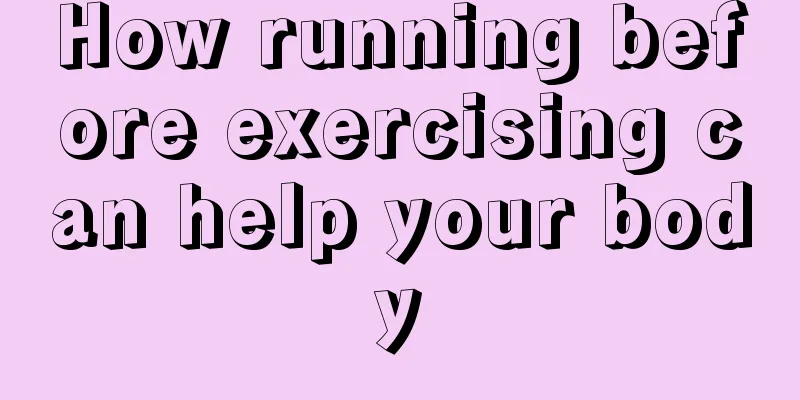The rear deltoid is very beautiful

|
In life, everyone knows that the deltoid muscles are the best looking when wearing clothes. The deltoid muscles can not only support the width of the shoulders, but also make the shoulders look fuller. Every fitness enthusiast should not ignore fitness training, and must also pay attention to shoulder training, because shoulders not only affect the beauty of body shape. The most important function of shoulders in sports and fitness is to balance strength, balancing external force and self-strength. Training the posterior deltoid muscle of the shoulder can not only help you effectively train the posterior deltoid muscle, but also help you improve the overall strength of the shoulder, thereby enhancing the self-protection power of the shoulder, making fitness safer and scientific, and avoiding detours in training. Many fitness enthusiasts have taken many detours due to neglecting the training of shoulder strength in the early stage, which affects the overall training effect. If you always have trouble training your posterior deltoids, it means that the stimulation is not adequate. The biggest reason is that the weight you use is too heavy and you simply cannot control it, which reduces the efficiency of your training. Therefore, reducing the weight you use is a good choice. There is also the issue of movement selection and what posture and angle are best for performing the movements. If you train the posterior deltoid well, your shoulders will look fuller. When training your shoulders, you should pay attention to the following points. Due to the special position of the shoulders, they are very sensitive to the training movements used during training. If the weight is too heavy, it will directly affect the training effect and increase safety risks. However, if the weight is too light, the stimulation will not be adequate. Therefore, when training your shoulders, you must choose a medium weight that suits you. For example, the weight for pressure is generally a medium weight. It feels heavy in your hand, but you can control it completely and safely. It is best to use such a weight for training. The following 5 training movements are all aimed at strengthening the posterior bundle of the deltoid muscles. If your posterior bundle of the deltoid muscles is relatively weak, you can use this set of movements to strengthen the strength of the posterior bundle muscles. Once the posterior bundle is strengthened, it will be of great help for back training. During training, do 3-4 sets of each exercise, with the number of repetitions in each set ranging from 15 to 10 times. |
<<: Rear Deltoid Isolation Exercise
>>: Recipe for making nests with millet soaked in wine
Recommend
How to exercise your calf muscles
There are many ways to exercise the calf muscles,...
Strength training exercise method?
Don’t you all admire powerful boys? Since ancient...
How many sit-ups are effective every day?
Sit-ups are one of the sports that everyone likes...
How to not grow muscle after exercise
Many female friends want to pursue a method that ...
What are the benefits of using an exercise bike?
We modern people often work in offices and sit al...
What sports are there?
Many people don't know what kind of sports th...
Sit-up weight loss method steps
Nowadays, there are many obese people who are wil...
How to do back stretching exercises
Back stretching exercises mainly stretch our spin...
Will jogging make your thighs thicker?
Many people are worried that jogging will make th...
Is skipping rope an anaerobic exercise?
Rope skipping is a very good aerobic exercise. It...
How to quickly reduce leg fat
It is not impossible to lose weight in your calf ...
What are the exercises for the horizontal bar?
I believe everyone is familiar with the single ba...
What are the body slimming exercises?
Body beauty and slimming is what every woman want...
Will running in place make your legs thicker?
For women, it is absolutely very important to hav...
Big men have little secrets
There are still many unsolved mysteries about the...









